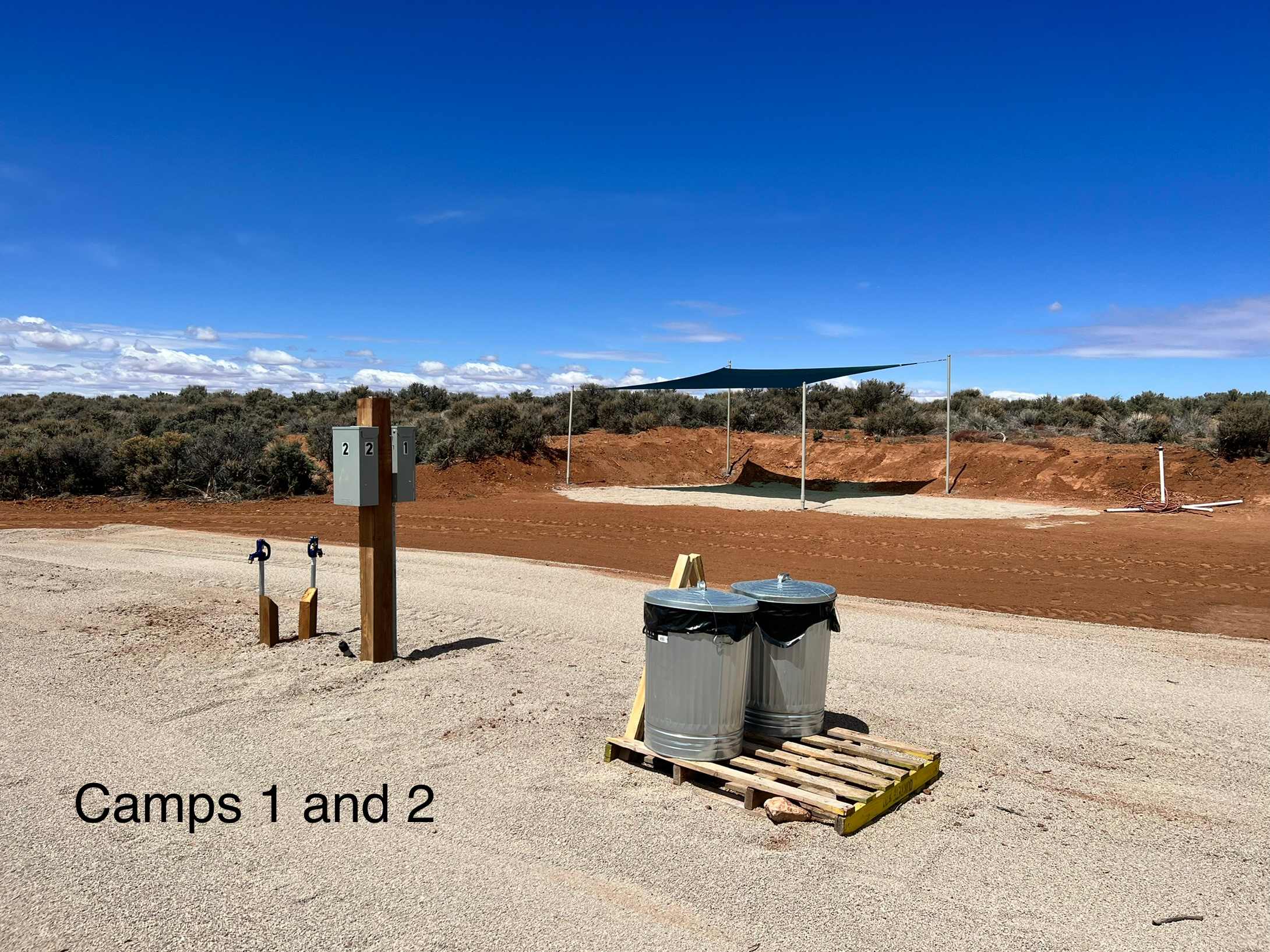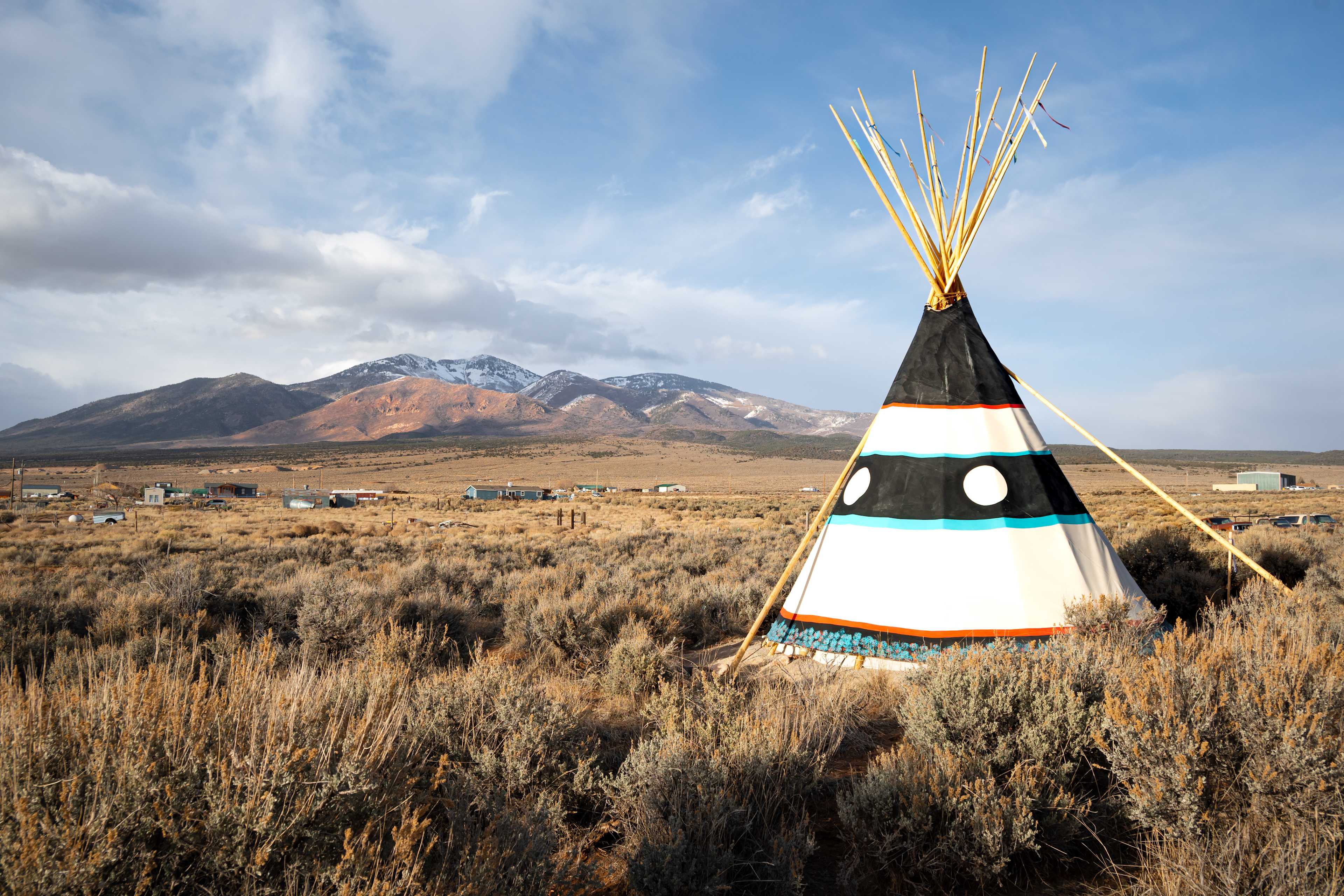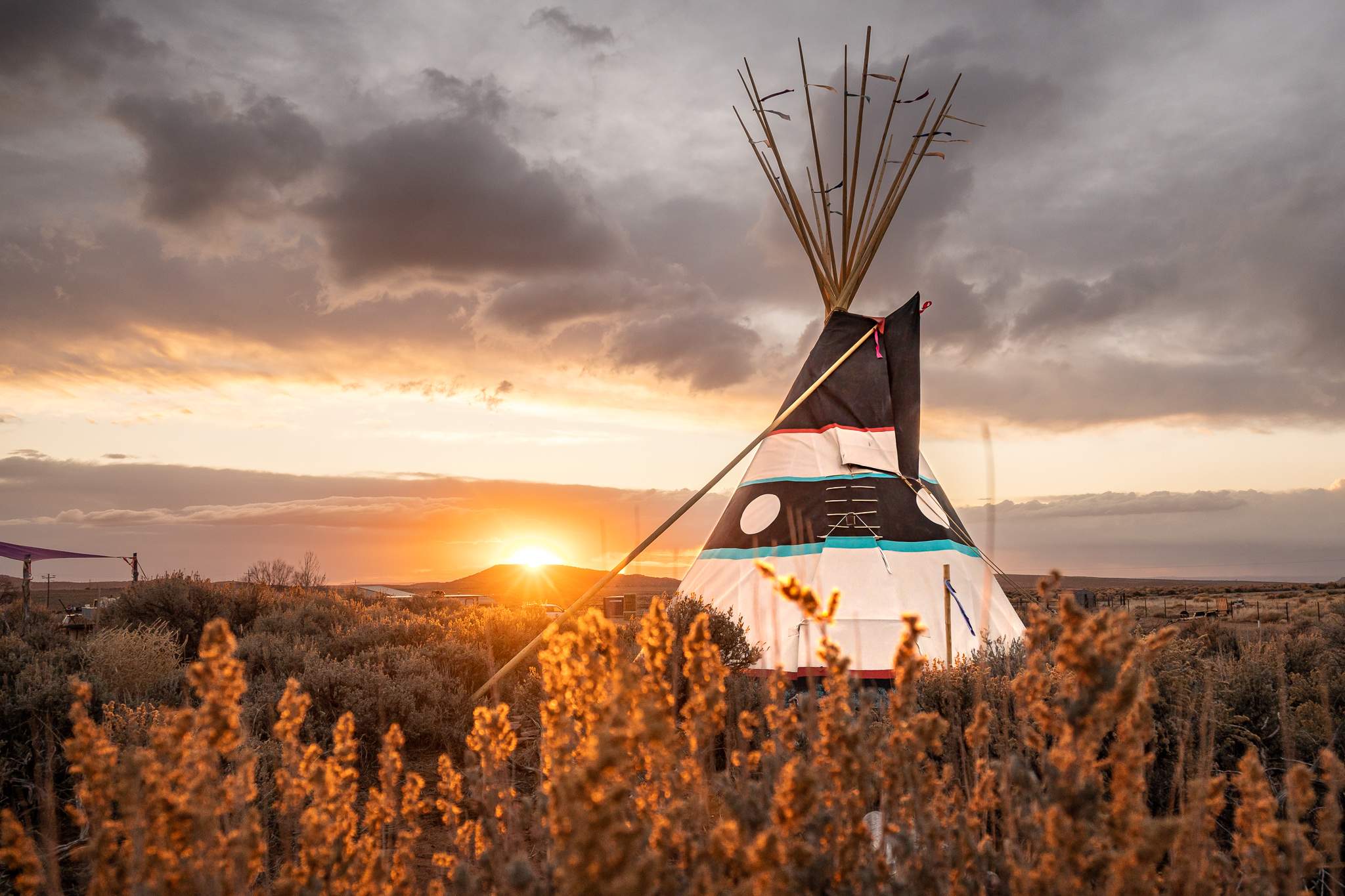This national monument was once a haven for more than 2,500 people.
Top public campgrounds in the park
Discover the most magical spots to pitch your tent or park your rig on your next Hovenweep National Monument adventure.
Popular ways to camp
Community favorites near Hovenweep National Monument
Top-rated campgrounds reviewed by the Hipcamp community.
Lavender Farm Stay
Earls HideAway
Canyon Trails Ranch
RV sites
Indian Canyon Ranch
Ramble at Mesa Verde National Park
Anasazi Sites @ Ancient Echoes
Summit Forest Glamping at 7450' !
Top-rated campgrounds near Hovenweep National Monument
Bright Star Campground
The Needles Outpost Campground
Where The Wild Things Camp
S & S Lazy Acres
Sunset Campground on Ruin Road
South-40@LaSal Tent and RV Park
Zuma Bike Ranch & Camp in Cortez
High Sage Hogans
Glamping Canyonlands
Wolf Springs Ranch Retreat
Camping in the Mesas
Adventure Haven RV
The best camping near Hovenweep National Monument guide
Overview
About
Combine history and a remote location at this ancestral Puebloan site. Hovenweep is a word meaning "deserted valley" in the Ute language. It's a fitting name for this seemingly desolate place on the Colorado-Utah border. The main draw is the historic structures. Some of which date back to the year 900.
Red and brown bricks form walls nearly three stories tall. Cutthroat Castle is the largest of these buildings.
The settlement spans six separate villages spread out along Allen and Hovenweep Canyons. Some have circular towers that look as if they belong in a majestic royal castle. Others have small windows for air circulation.
These ruins were once a bustling Pueblo enclave around 400 years before the arrival of Europeans. Some artwork still adorns the canyon walls. One such depiction notes the summer solstice, much like Stonehenge.
The 31-site campground stays open year-round near the visitor center. Sites are mostly for tents, but a few can handle RVs up to 36 feet long.
Notable campgrounds
- Spend a serene night at Hovenweep's campground, where the stars illuminate the ancient structures.
Tips for snagging a campsite
- Arrive early to secure a spot at the first-come, first-served campground.
- Visit during off-peak seasons for a better chance at snagging a campsite.
- Prepare for a rustic experience, as amenities may be limited.
- Explore nearby camping options in case the campground is full.
When to go
Hovenweep National Monument is open year-round, offering a unique experience in every season. The best time to visit is during spring and fall when the weather is mild. Winter brings reduced services and unpredictable weather, so be prepared for all conditions if you visit during the colder months.
Know before you go
- Check the weather forecast and trail conditions before your visit.
- Visitor services are reduced in winter; plan accordingly.
- Bring plenty of water and sun protection for your adventures.
- Respect the ancient structures and leave no trace of your visit.
- Start your visit at the Visitor Center for maps and information from friendly rangers.
Top national parks near Hovenweep National Monument
Top points of interest near Hovenweep National Monument
Top cities near Hovenweep National Monument
- —
- Hovenweep National Monument




























































